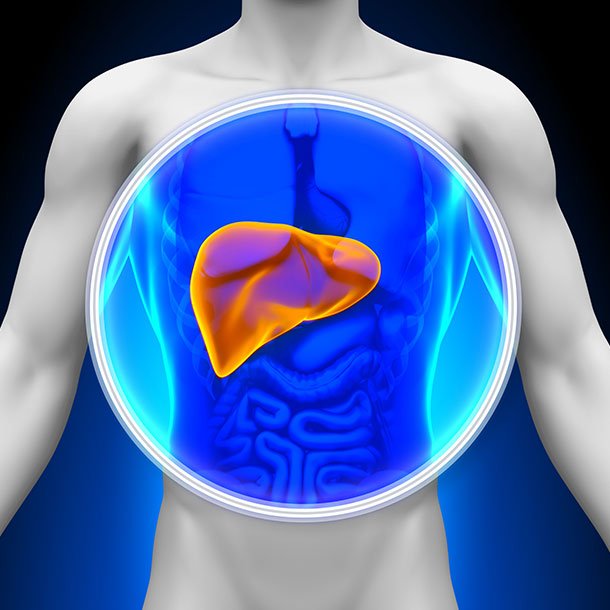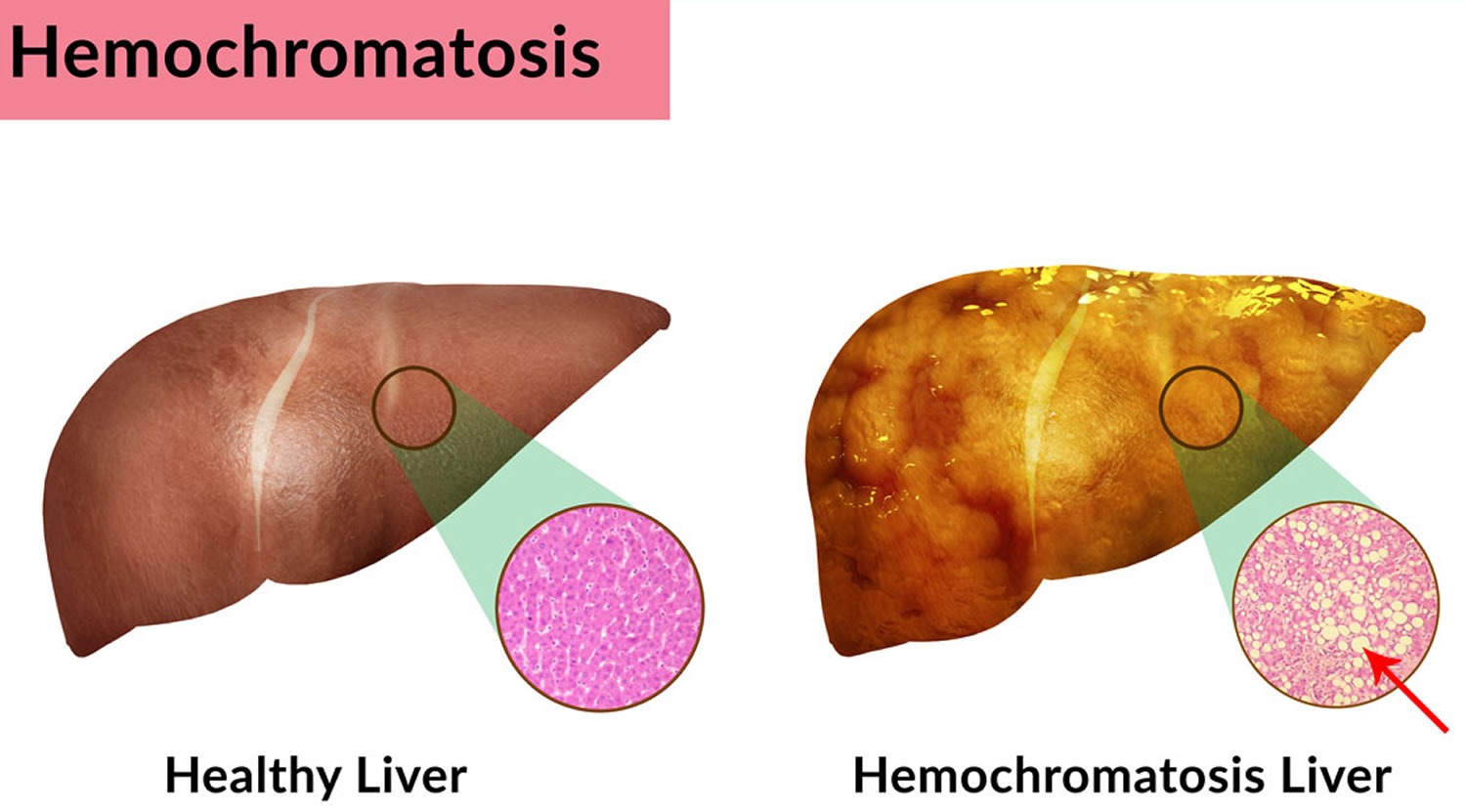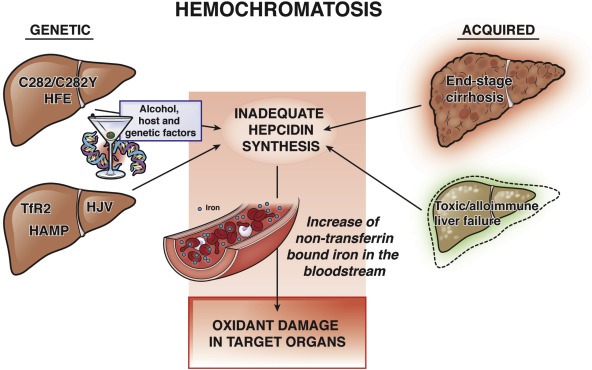
Micronutrient supplementation falls within an industry that generates substantial sums of revenue; Dagerman (2012) noted that in 2009, the aforementioned industry generated 26.7 billion dollars with 1,000 new supplements entering the consumer market yearly, and more than 29,000 supplements available for purchase in total. With such an array of choices, and a lack of quality control and regulation, consumers are at a potential risk (Dagerman, 2012). Additionally, what if individuals already have adequate levels of vitamins and minerals in their diets and bodies? What if they have an undiagnosed medical condition, whereby further supplementation exacerbates symptoms and health? In the following sections, I would like to explore hemochromatosis, its signs and symptoms, and how easily and innocently supplementation could worsen this condition.

Hemochromatosis is a hereditary metal storage disorder that results in excess accumulation of iron in various organs, primarily within the liver (Canwar & Kowdley, 2014). Excess accumulation can lead to cell injury by oxidative stress and lipid peroxidation; a process that damages various cellular organelles such as mitochondria, lysosomes, cell membrane, as well as nuclear DNA (Canwar & Kowdley, 2014). The condition is closely related to a peptide hormone known as hepcidin; this hormone increases in response to an influx of iron from the diet, not dissimilar from how insulin increases in response to glucose (Canwar & Kowdley, 2014).

Hepcidin helps regulate iron entry into cells, and a poorly managed hepcidin response can cause excessive iron buildup to occur within cells and organs. Particular genes, such as HFE, transferrin receptor 2 (TFR2), HAMP, and hemojuvelin control the expression and amounts of hepcidin within the body. The authors noted that any mutations of the aforementioned genes would over-express the production and prevalence of hepcidin. Such overabundance of hepcidin would lead to gradual, and eventually toxic, increases in iron content within organs such as the liver, heart, gonads, pancreas, skin, and joints (Canwar & Kowdley, 2014). Furthermore, damage might include cirrhosis, cardiomyopathy, small testicles, diabetes, bronze skin pigmentation, and arthritis, respectively (Canwar & Kowdley, 2014).

Recently, a client noted that he was diagnosed with hemochromatosis. His doctor is recommending judicious consumption of iron-containing foods, as well as periodic phlebotomies to control iron concentration in his body. Considering that this condition already causes over-absorption of iron from foods, what would happen if he overindulged in foods (i.e., meats rich in iron) or supplements containing iron that came from general recommendations and associated benefits provided from me? It could be reasonably argued that any additional iron would continue to increase already rising levels of iron in my client’s organs. Such a discussion is indeed relevant, and worth pursuing.
In conclusion, supplementation is both prevalent and widespread. As exercise professionals, we are inherently engaged in discussions that include fitness and nutritional-related topics. Often, questions of supplementation arise. Often, benefits of supplements are discussed. However, it may also be argued that caution be exercised; some medical situations demand avoidance of supplementation, with possible reductionsin some micronutrients, as in the case of my client. It behooves us then, to implement discretion when providing information about supplementation, so that our clients can truly become informed consumers, making informed decisions.
References
Canwar, P., & Kowdley, K.V. (2014). Metal storage disorders: Wilson disease and hemochromatosis. Medical Clinics of North America, 98(1), 87-102.
Dagerman, M. (2012). Incentivizing safety in the supplement industry. Review of Litigation, 31(1), 173-207.
-Michael McIsaac
